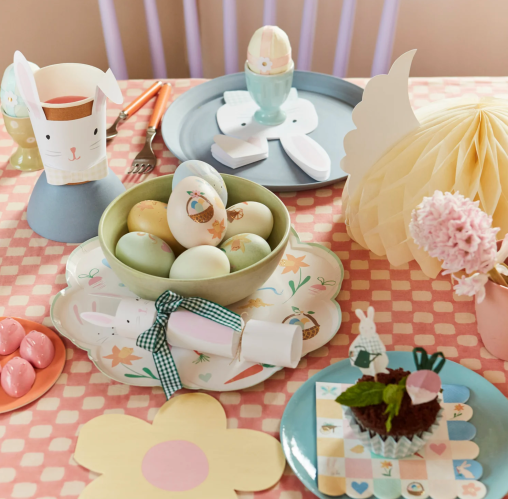There are those who put up artificial Christmas trees and those who won’t settle for anything less than the smell of a freshly cut tree in their living room. There is, however, a third option—a live Christmas tree.
“Ball and burlap” trees are dug up fresh from the field and can be replanted after the decorations come down and the holiday season ends. The tree can fill a gap in your landscaping and be a way to remember what has been a difficult 2020.
“It’s a nice option for them, with so many people, especially now, moving out of the city,” says Matt Marple, the owner of Matt’s Christmas Tree Farm in Manorville, where White Spruce and Norway Spruce “B&Bs” are sold.
Some parents buy children smaller, three- and four-year-old seedlings to decorate their room around Christmas and then later plant it in the yard to watch the kids and trees grow together, he says.
One of the most important considerations in getting a live tree is that they are heavier than freshly cut trees. A seven-foot tree with its ball weighs 200 pounds, while a cut tree averages 40 or 50 pounds, Marple says. With all the soil on the bottom, “It is heavy and awkward to carry,” he says, plus you will need a truck or a large sport utility vehicle to cart it home.
Toni Ann Sinning, the manager at Santa’s Christmas Tree Farm in Cutchogue, says they pre-dig the ball and burlap trees, which they keep in the five- to six-and-a-half-foot range since they are so difficult to maneuver. “Once they get bigger, they tend to get really heavy and it’s hard for people to get them in their car and get their home,” she says.
Each year, “I usually have three or four people asking me to put it on top of their roof. You’ll have a tree in your lap by the end of the trip,” Marple says with a laugh. Upon arrival home, using a two-by-six or two-by-eight piece of wood as a ramp and a hand truck or a wheelbarrow will make it easier
Once inside, the tree should sit in a large indoor plant saucer and a large wet towel can be wrapped around the burlap to help keep the ball moist. It should not be submerged in water like fresh cut trees or the roots will drown, he says. Marple suggests placing a four-by-four piece of wood or a couple of bricks on the ball to steady it.
The trick for the tree’s survival, Marple says, is to keep the tree as cool as possible—away from a fireplace, baseboard heart, or vent. Also, when Christmas is over, do not to put the tree back outside immediately, he says. Instead, place the tree in the garage or some other half-way point. “Going from a 70-degree room to a 20-degree night, it is a shock,” he says. “The warmth of the house tricks the tree into thinking it’s spring. The buds will start to swell with sap so you need to move the tree into a garage or some place where it can cool down for a week and go back into dormancy.”
Marple suggests digging the hole for the tree when you first bring it home, even if it is several weeks before it will be planted in the ground. “You don’t know whether the ground will freeze,” he explains, pointing out you should bring a couple of buckets of dirt into the garage in case of a solid freeze.
When planting, the top of the root ball should be level with the ground, Sinning says. Come spring, it is imperative to water the tree a lot, she adds.
Marple does not use any treated rope or burlap so the tree can be planted as is right in the ground.
“Everything rots away real quick,” he says.
Norway and White Spruce, even Blue Spruce, require full sun and well-drained soil. Some of the heavy clay soil found on the North Fork are not good for the trees, and Marple says it would be best to add some peat moss or sand to break it up for optimal planting conditions. The trees will also need some room to grow and should not be placed up against a stockade fence.
Ball and burlap trees are a little more expensive than freshly cut trees. A six-foot tree sells for $75, and with the ball it goes for $105 at Matt’s Christmas Tree Farm. The average price at Santa’s Christmas Tree Farm is about $100 for a five-foot tree.
Sinning foresees a busy holiday season even in the face of the coronavirus pandemic. “We are busy. In the last four weeks, a little more so than normal. People are just looking to get out and do things.”
Email tvecsey@danspapers.com with further comments, questions or tips. Follow Behind The Hedges on Twitter, Instagram and Facebook.



















